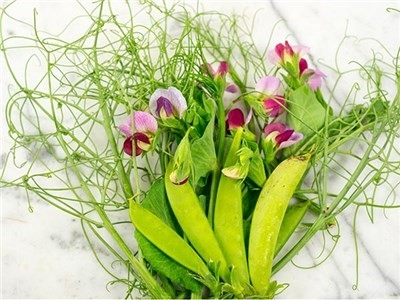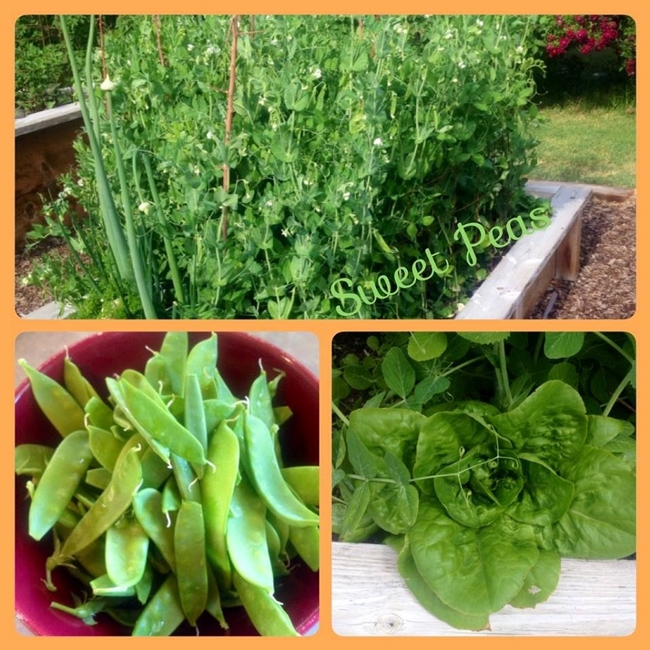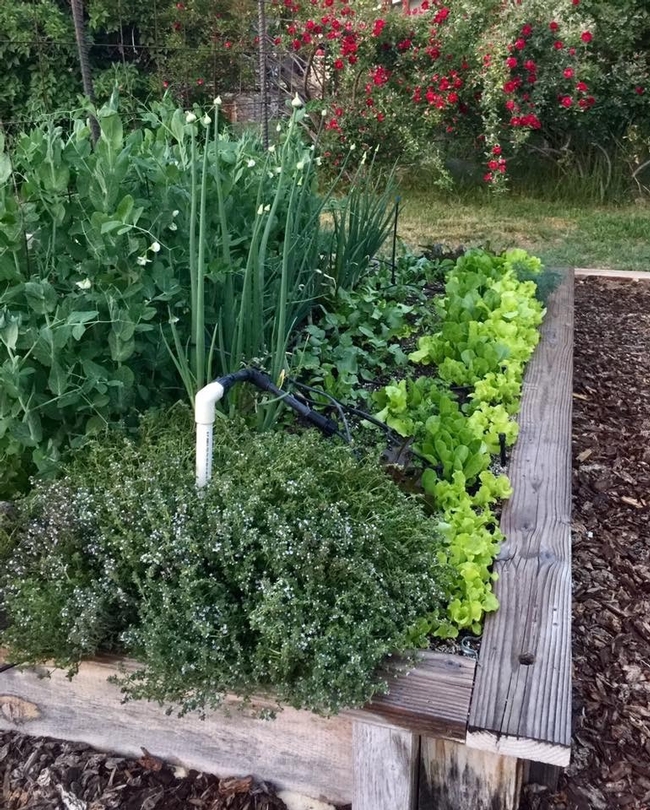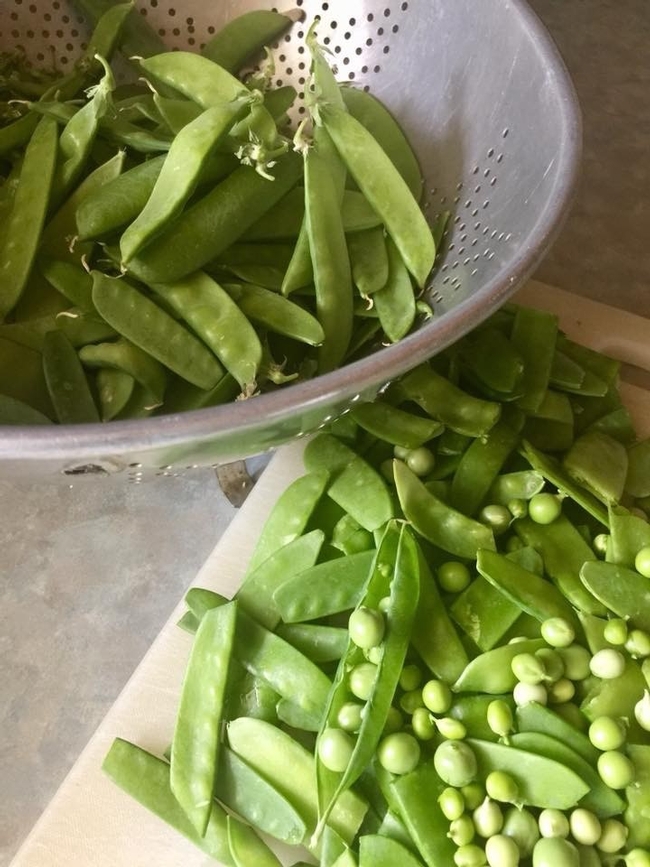Have you read “The Princess and the Pea” written by Hans Christian Anderson? If so, you know from the story only a princess would be so sensitive as to feel a pea under twenty mattresses and twenty eider-down beds.
A pea was used to determine if the young lady who claimed to be a princess was actually so. Most likely the princess was tested against an early heirloom pea that was cultivated for dry seed, much smaller than today's modern garden varieties.
Throughout time humans have enjoyed peas. Primitive garden peas have been found in excavations dating back to the Stone Age and to ancient Troy. They were grown for cereals, porridge, and eventually became a delicacy of the aristocracy. In 1696 Madame de Maintenon described the pleasures of peas, “the subject of peas, continues to absorb all others, the anxiety to eat them, and the desire to eat them again, are the three great matters which have been discussed by our Princes for four days past…It is a fashion and madness.”
It wasn't until the 18th Century that commoners like you and me were allowed to enjoy luscious, green peas.
One of my favorite vegetables included in cool-season crops is the garden pea. This is how I approach the art of growing and savoring peas.
Like other cool season vegetables, peas prefer cooler soil temperatures to germinate, and they sweeten best in cooler air temperatures. Peas can tolerate frost and are actually less sensitive to freezing in spring.
A proper planting of peas begins in a sunny location with well-drained soil that has a pH of 5.8 to 7 which is common in Bishop but can be challenging for some of our outlying areas. The soil should be workable, tilled to about 8 inches. Avoid soggy compacted soil as this may be a sign to wait longer to sow seeds. Fertility needs for peas are low and excess nitrogen will only encourage more foliage and fewer blossoms.
It is a gamble to predict exactly when to plant peas in our variable climate. This year February is bringing dry weather with cold to freezing night time temperatures. I seeded one small crop of peas on January 11 when the soil was workable. I will sow another crop this February, and most likely, another in March with hopes that all or some will provide a harvest.
If you plant peas each year, it is a good idea to rotate locations in the garden. Peas and other legumes grow in a symbiotic relationship with soil dwelling bacteria, enhancing soil fertility by a nitrogen fixation process. This basically means last year's pea garden site will be a great spot to plant something else. Proof this occurs is in the nitrogen-containing nodules found attached to the roots once the harvest is over.
Germination occurs in soil temperatures as low as 40 degrees to approximately 60 degrees. Naturally germination on the low end will be slower. Days to maturity vary from 58 days to 70 days, and as I mentioned before, I will have three plantings, which include at least three varieties of peas.
I typically plant along a five-foot-tall trellis a couple of the taller varieties. This year will include British Wonder, Sugar Daddy, Burpeeana Early, and whatever else I find. If you're short on space the smaller bush varieties are just as tasty, and they don't need trellising.
Birds and squirrels love pea sprouts so beware! Netting or row cover helps prevent their pesky snacking. One spring I forgot that I wasn't the only princess who favored peas, in just one day a whole bed of sprouts were cleaned off.
The sweet flavor of peas is best if they are consumed soon after harvest.
A few years ago a friend presented me with a lovely bouquet of pea tendrils, I was hesitant but found they added a delightful crunchy sweetness to tossed salads. Needless to say, I now plant extra peas just for the tendrils. I've read that the Sugar Magnolia variety produces tall, eight foot plants and clusters of messy tendrils.
In 2020 we commoners are privileged to plant and savor fresh peas as we choose. I promise nothing you buy at the market will compare with home-grown!
Resources:
- http://sacmg.ucanr.edu/Monthly_Vegetable_Gardening_Tips/
- https://www.canr.msu.edu/news/cool_vegetables_for_you_to_grow_this_spring
- https://www.canr.msu.edu/resources/how_to_grow_peas
- https://underwoodgardens.com/the-history-of-heirloom-peas/



